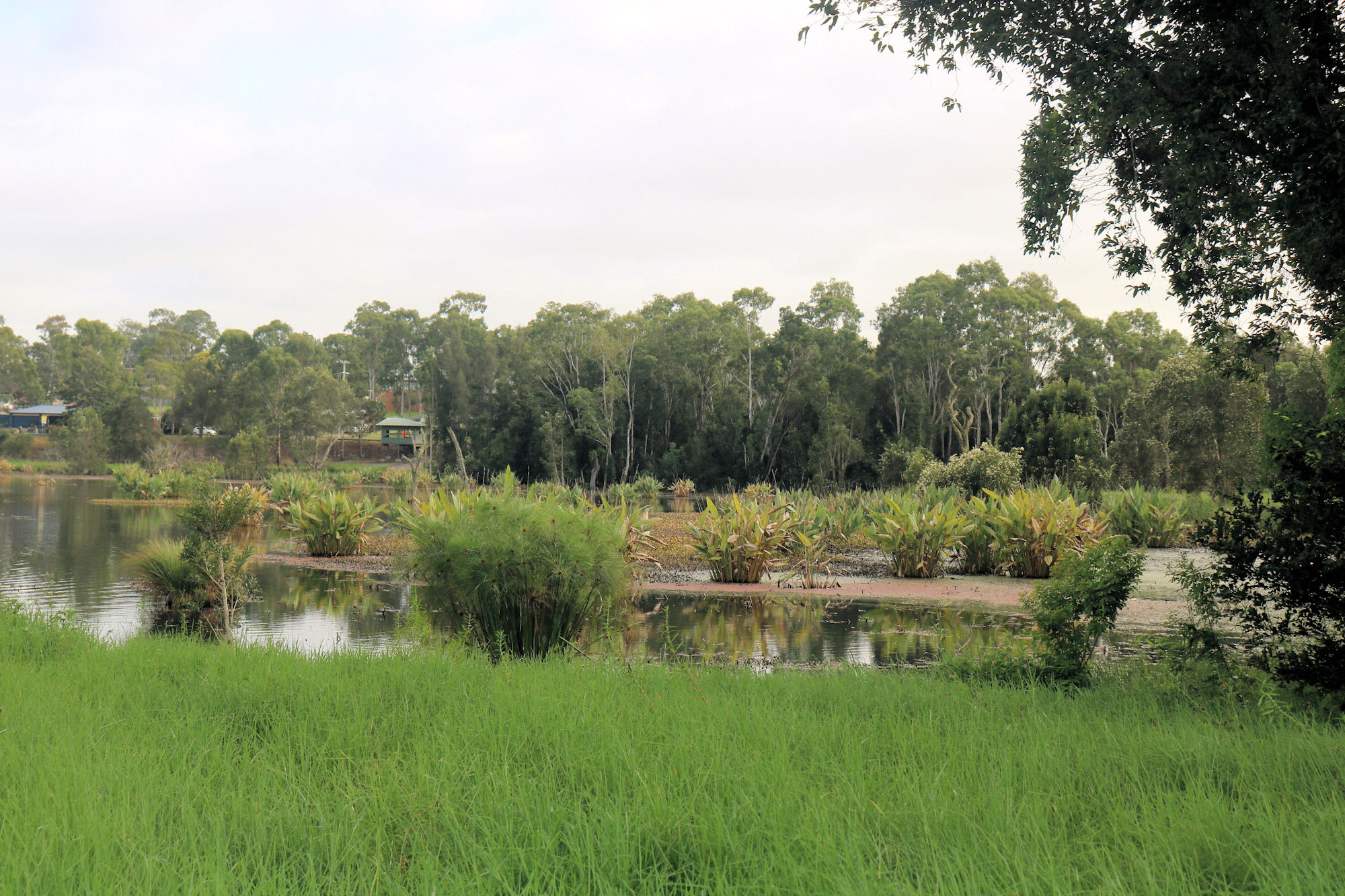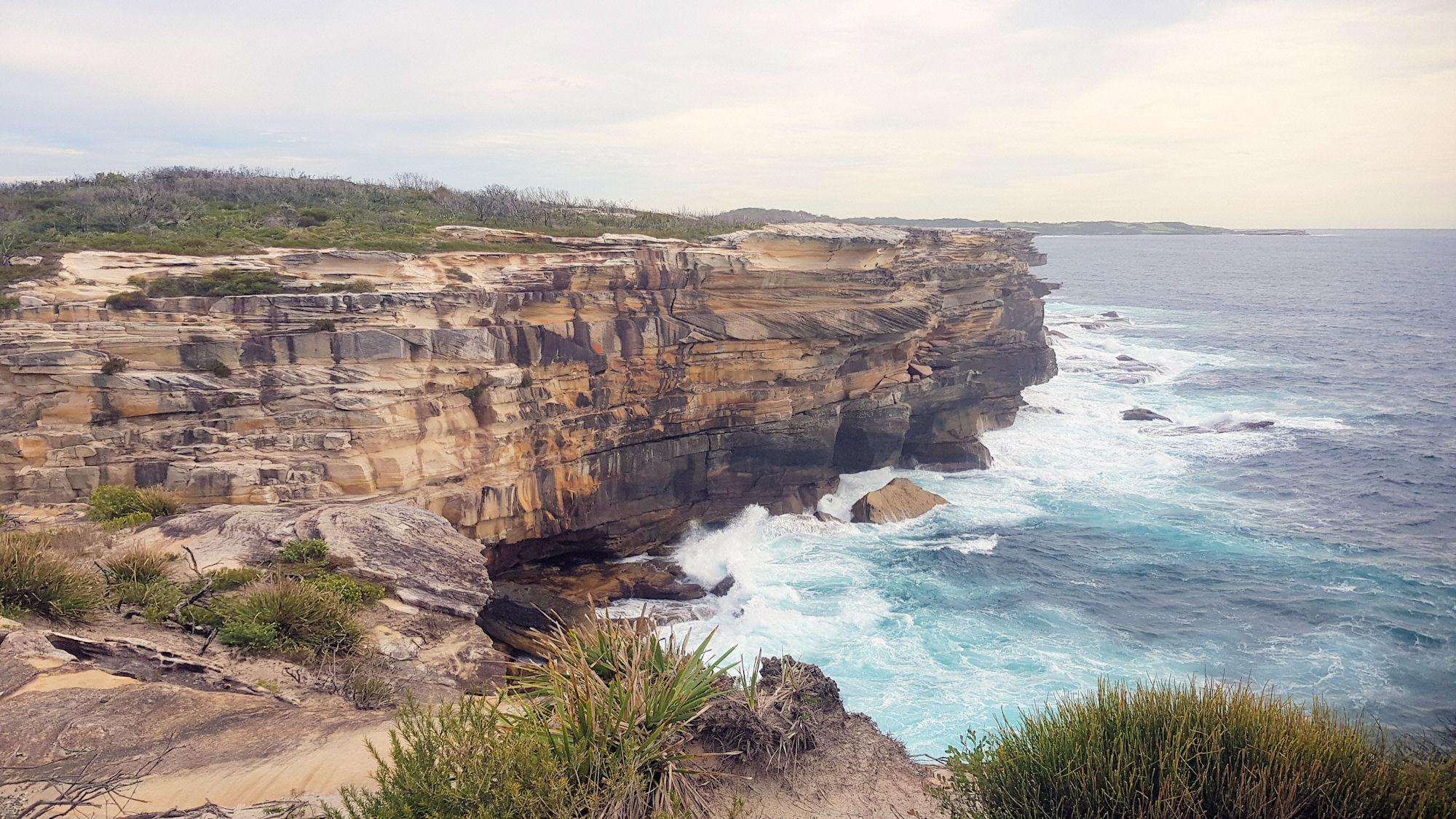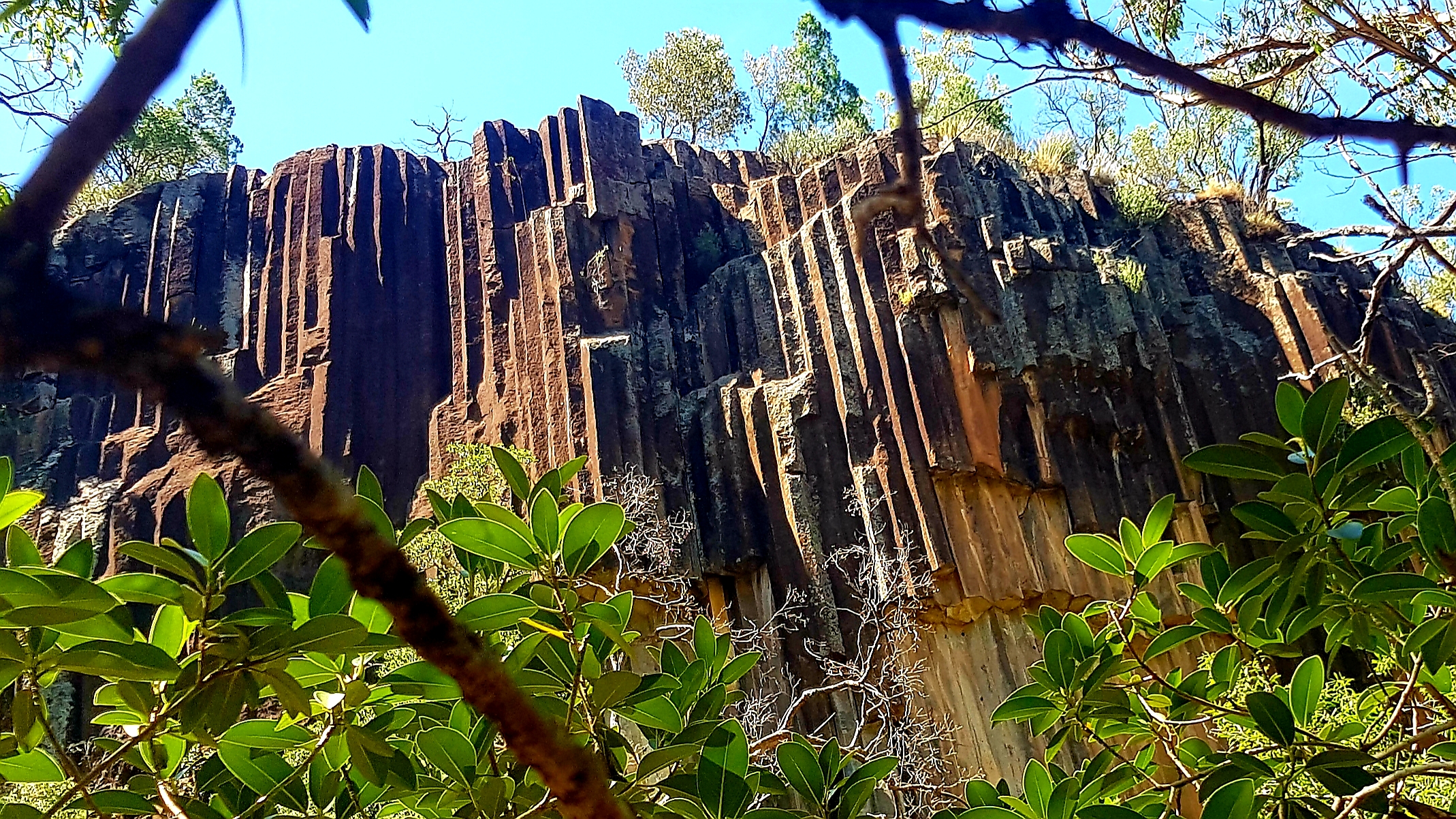Tag: National Park
-
Seaham Swamp Nature Reserve

Seaham Swamp Nature Reserve Managed by the NSW National Parks and Wildlife Service, the Seaham Swamp Nature Reserve, is a small, but important park. Located 40km north of Newcastle, it contains colonial heritage and an important bird habitat. We parked in a car park near St. Andrew’s Church, which let us walk to Tom’s Cottage… Read more
-
Cape Baily Track Kamay Botany Bay

Cape Baily Track Kamay Bay National Park Getting There Located in Kamay Botany Bay National Park, the Cape Baily Track winds along coastal cliffs with amazing ocean views. The track starts at the end of the park’s road, past Cape Solander. A car park next to a helicopter landing pad provides easy access to the… Read more
-
Sawn Rocks Mount Kaputar National Park

Sawn Rocks Mount Kaputar National Park Getting There Located around 40 km north east of Narrabri, Sawn Rocks is a geological formation of columnar basalt which resembles organ pipes. As part of the Mount Kaputar National Park, the area is managed by NSW National Parks and Wildlife Service, which ensures it is managed correctly. The… Read more